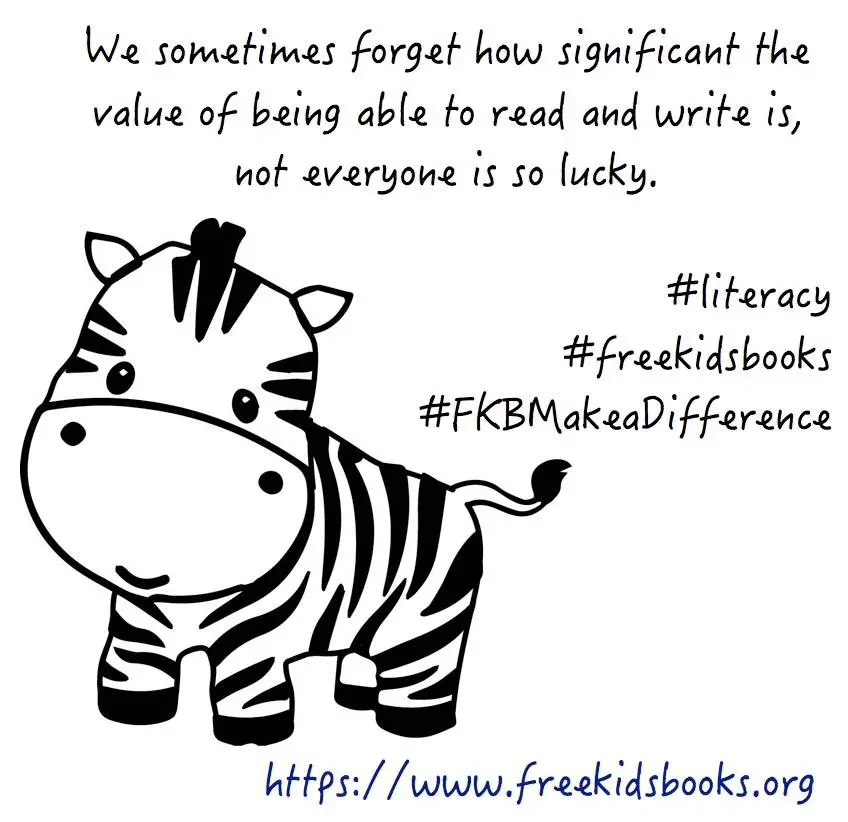Many think it is easy to write kids’ books because of how short they tend to be. You may have visions of colorful covers and pages, and you might hope your masterpiece is the one kids love to read over and over again. However, it is not as easy as you may think to write a children’s book. There are a few things to consider when it comes to writing your own book.
Take the Time You Need
Don’t fall into the trap of thinking writing a kids’ book is a quick weekend project. You’ll need to set aside enough time to get things right. Even though the books are short, you need to put the same amount of effort you would put into a much longer novel. You will need to review your plot, story, and diction. All these things affect the way the reader or listener experiences your story.
If you are hoping to make a living as a children’s author, know the process takes time. You will not see profits right away because you will need to take the time to create a successful book. In the meantime, you may find you don’t have as much time to work a job, so your income may dip for a time. Before this happens, set aside some time to go over your monthly expenses to see what you can cut back on. One area you can save on is student loan debt. A student loan refinance means your monthly repayments will likely be lower.
Use Words Appropriate to the Readers’ Ages
One of the common challenges of children’s book authors is writing at a level much lower than their personal age and education. While you may love finding and using new words, that does not mean you should do so in a kids’ book. Children will not enjoy long words the same way some adult audiences may. Instead, they will likely be confused by the language. Remember their grasp of the language is different than yours, even if you are writing for older children. Still, it’s important to avoid talking down to them because they are smarter than you know. It’s all about striking a balance. Take some time to read other successful children’s books written for kids in your target audience. This will help you figure out what type of wording you should use.
Create a Messy Draft to Edit
A first draft is the first time you are putting your story together, so it should be messy. It’s all about getting your thoughts down, not writing everything perfectly. There is a reason this stage of the book is called a rough draft. For many authors, one of the hardest things is getting started because they focus too much on getting it perfect on the first try. The first draft is all about getting the rough shape of the book down on paper.
Themes, characterizations, jokes, and any other fun details can come later as you work on editing. As long as the draft vaguely resembles what you are thinking of, you can worry about everything else as you start to revise and edit the material. As you rearrange and revise things, you may find you need to throw out some or all of what you started with. Your story may change as you work on it and see the characters develop in your mind.
Spend Time Editing
You may wonder why you need to edit your book if your book is relatively short. However, you only have a limited number of words, so each of them needs to count. You can start by self-editing your work and cutting it down to just the essentials. Every detail should move along the plot in a meaningful way. This is because kids’ attention spans are relatively short, so if you add irrelevant details, they may lose interest. You can also try a critique group like Scribophile to polish your work.
Develop the Story, But Keep it Subtle
You will need to have a clear beginning, peak, and end. Even if you want to create a series of books, you do not need to leave it as a cliffhanger. Kids want to see the story resolve at the end. But in the middle, you’ll need to ensure there is a clear peak. Perhaps the character had a problem and then learned something new. Kids are able to learn with the characters, particularly when there are illustrations that encourage them to connect to them visually.
While you may want to include a message for the reader, you do not need to make it too loud. The children reading the story want to enjoy it, not be hit over the head with a lesson. You are not writing for the children’s parents either. If you are concerned the message is too loud, compare it to a traditional fable. If you feel it is very similar, you may want to tone it down a bit. Any lessons taught through your stories should be communicated in a fun way.
Conclusion
Follow these tips and you will find yourself with a good quality children’s book in no time. A good idea is to make your first book free to promote following books – if you do so please do submit to Free Kids Books for consideration of publishing, we help many new authors with promotion for their books.












